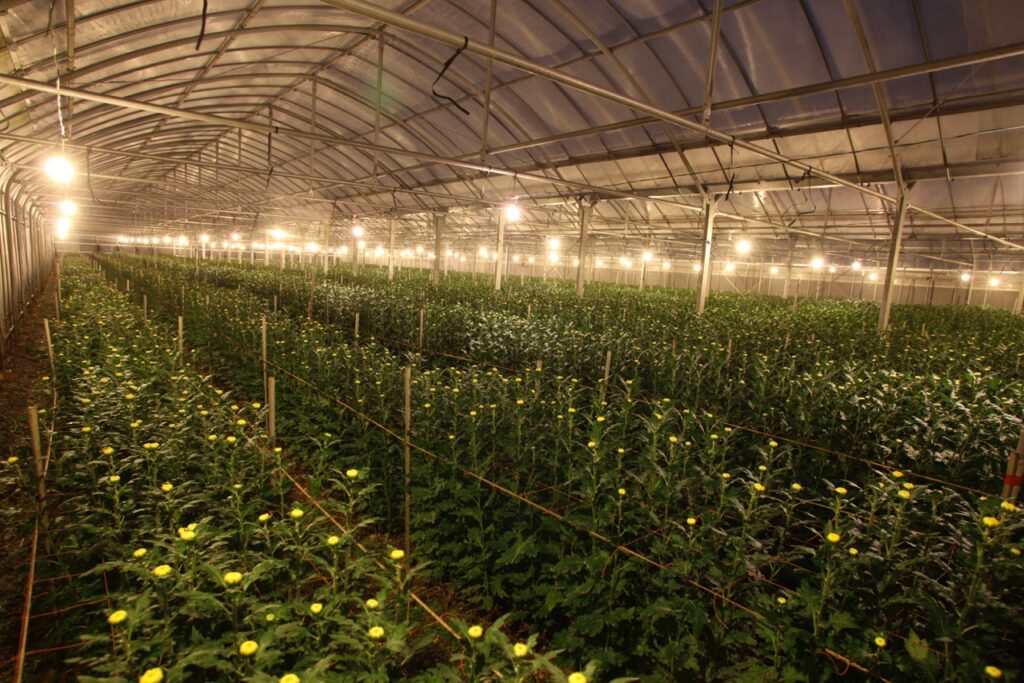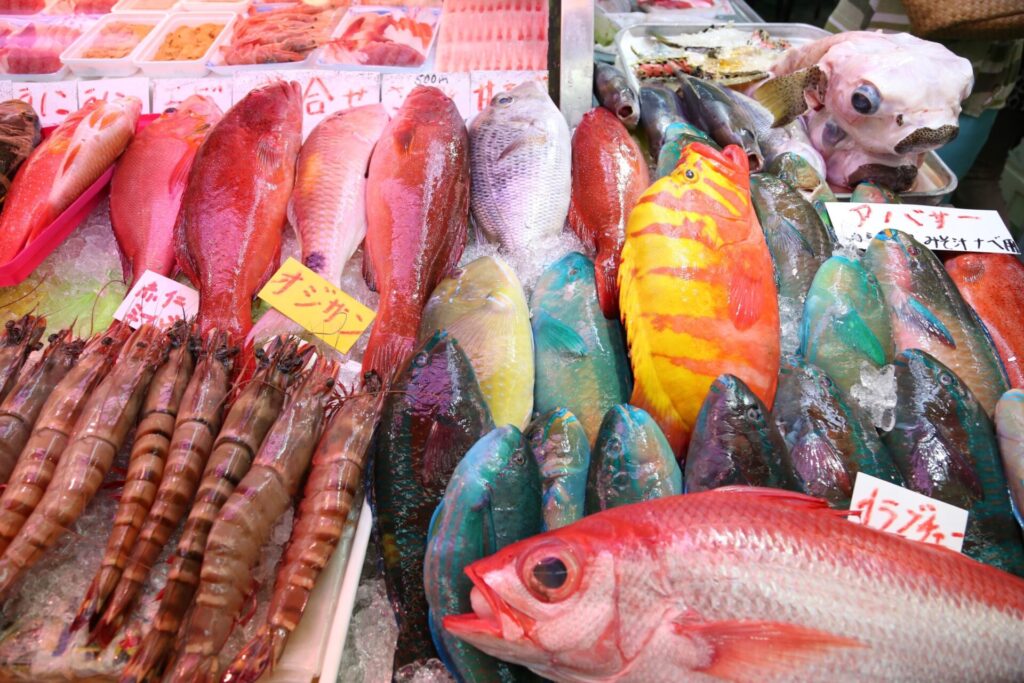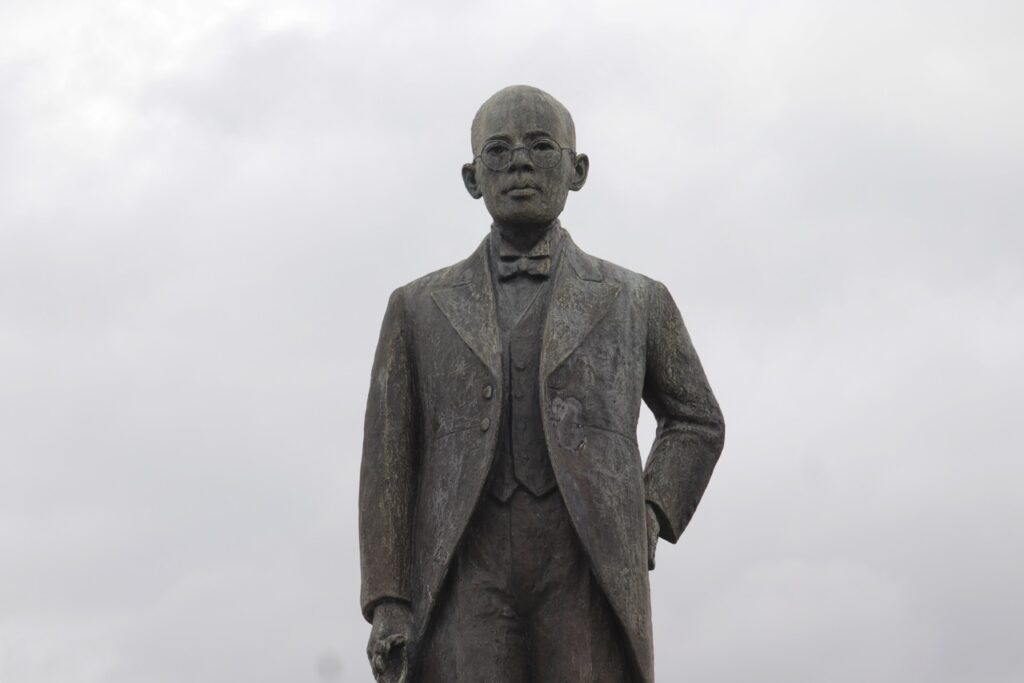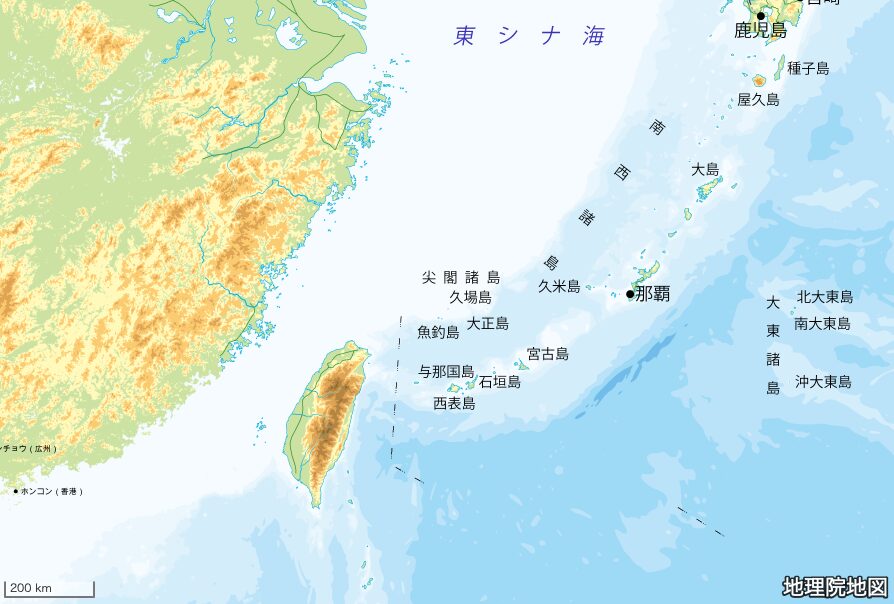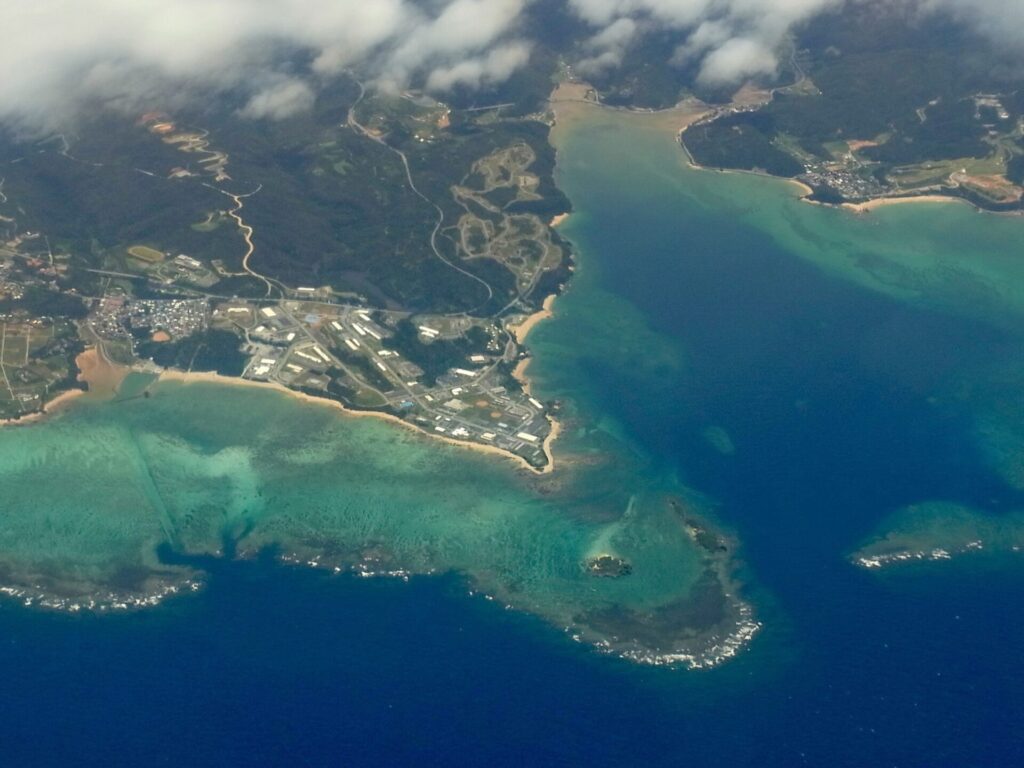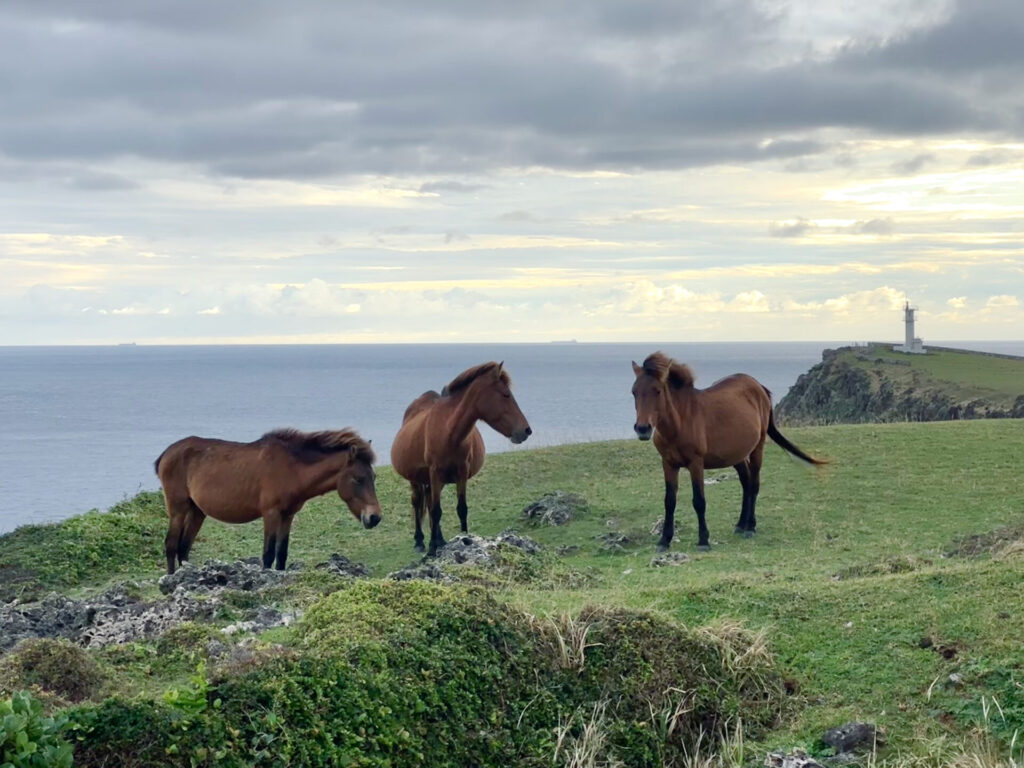Subtropics

Generally speaking, the Ryukyu Archipelago is considered to be subtropical—anettai. In the Japanese dictionary, the first “a” of anettai is defined as “next” or “the second.” The subtropics are defined as “a zone between the tropical and temperate zones.”
But for us, the Uchināguchi (Okinawan) expression “nettai gwāshi” feels more appropriate. Gwāshi means “to pretend to be something.” In other words, the subtropics pretend to be the tropics. Mind you, it’s never aontai—a pretended temperate—here.
Given that we are not in the aontai, there is no clear distinction between the four seasons here. Spring and fall are especially absent. It’s as if February winters plunge straight into April summers. Likewise, October summers gallop into December winters. There’s no time to bask in vernal or autumnal romance and sentimentalism.
To make matters worse, we’re nettai gwāshi so from May to November, tropical nights—twenty-five degrees celsius or higher—take center stage, hot and sleepless. Ergo, the people of Ryukyuko invented the practice of drinking beer and awamori—to forget the heat.
Some major scholars insist that the Ryukyu Archipelago is not subtropical but rather tropical. Given our cherry blossoms start blooming in January instead of April, I’m inclined to agree. Sadly, however, we don’t yet have the rainy and dry seasons that would qualify us.
The climate and topography of Ryukyuko are as ambiguous as its inhabitants’ identities. Torn between tropical and temperate. Nettai gwāshi to boot. Which came first, the people or the land?
I am reminded of the great Okinawan poet Yamanoguchi Baku, who was proud of being a Ryukyuan, but before World War II, was careful to hide his origins. In his famous poem “Kaiwa” (Conversation), a woman he likes asks him “Where are you from?” and he can only answer “From the south” or “The subtropics” or “That place near the equator.” Angry at himself all the while for giving such answers. Furiously wondering, “Can you not see these subtropics!”
“That place near the equator” must be nettai gwāshi. And now, thanks to recent global warming, we’re all worried about the way the subtropics are becoming more and more tropical. Though because it doesn’t snow in the subtropics either1, our children are also drawn to cooler climates…
Editor’s Note:
- On January 24th, 2016, on the main island of Okinawa, snowfall was seen for the first time in recorded history.







